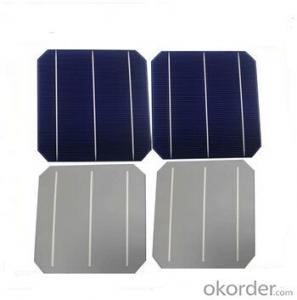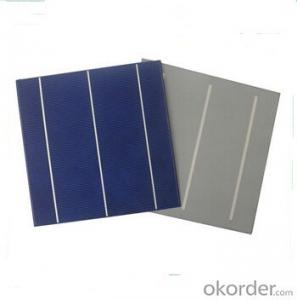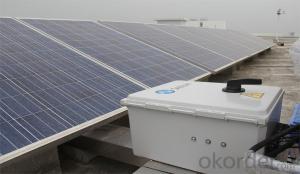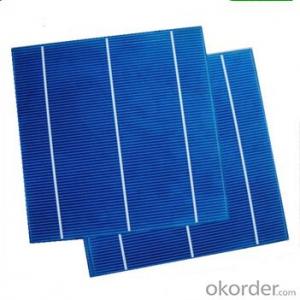Pervoskite Solar Cells
Pervoskite Solar Cells Related Searches
Except For Solar Cells Weegy Problems With Solar Cells High Power Solar Cells Light Trapping In Solar Cells High Performance Solar Cells High Output Solar Cells High Wattage Solar Cells Energy Transfer In Solar Cells High Efficiency Hvac Systems Recombination In Solar CellsHot Searches
Cheap Solar Cells For Sale Flexible Solar Cells For Sale Q Cells Solar Panels For Sale Printed Solar Cells For Sale Bulk Solar Cells For Sale 6x6 Solar Cells For Sale Broken Solar Cells For Sale Cpv Solar Cells For Sale Photoelectric Cells For Sale Price Of Silicon Solar Cells Price Of Solar Cells Over Time Buy Solar Cells From China Cheap Solar Cells China Best Type Of Solar Cells Flexible Solar Cells Price Q Cells Solar Panels Price 3 Types Of Solar Cells Production Of Solar Cells Common Types Of Solar Cells Q Cells Solar Panel PricesPervoskite Solar Cells Supplier & Manufacturer from China
Okorder.com is a professional Pervoskite Solar Cells supplier & manufacturer, offers integrated one-stop services including real-time quoting and online cargo tracking. We are funded by CNBM Group, a Fortune 500 enterprise and the largest Pervoskite Solar Cells firm in China.Hot Products
FAQ
- Yes, solar cells can be used in weather monitoring systems. Solar cells are used to convert sunlight into electrical energy, which can power various components of weather monitoring systems such as sensors, data loggers, and communication devices. This allows for autonomous and sustainable operation of weather monitoring systems in remote locations where access to traditional power sources may be limited.
- Yes, solar cells can be used for lighting. Solar cells generate electricity from sunlight and this electricity can be used to power light bulbs or other lighting devices. This allows for the use of renewable energy sources and can be particularly beneficial in remote areas or during power outages.
- Yes, solar cells can still be used in areas with high pollution. While pollution can reduce the efficiency of solar cells by blocking sunlight, advancements in technology have made solar panels more resilient. Additionally, regular maintenance and cleaning can help mitigate the impact of pollution on solar panels.
- Yes, solar cells can be used to power communication networks. Solar cells convert sunlight into electricity, providing a reliable and renewable source of power. This makes them suitable for remote areas where traditional power sources may not be available or practical. By harnessing solar energy, communication networks can operate efficiently while reducing reliance on fossil fuels and minimizing their environmental impact.
- What is the best sales solution for solar power cells?
- Depends on who you want to target ,and which market, overseas, or domestic that you want to sell your solar power cells to.
- The payback period for solar cells typically varies between 5 to 15 years, depending on factors like the initial cost, location, energy consumption, and available incentives.
- How many types of solar cells are now being used in real life?
- 3 kinds of solar cells, Silicon-based, organic, chemical.
- Solar cells are connected in a solar panel through a series of electrical connections, typically using metal conductors, to form an array. These connections allow for the flow of electric current generated by individual solar cells, which are usually made of silicon-based semiconductors, to be combined and harnessed as usable electricity.













































